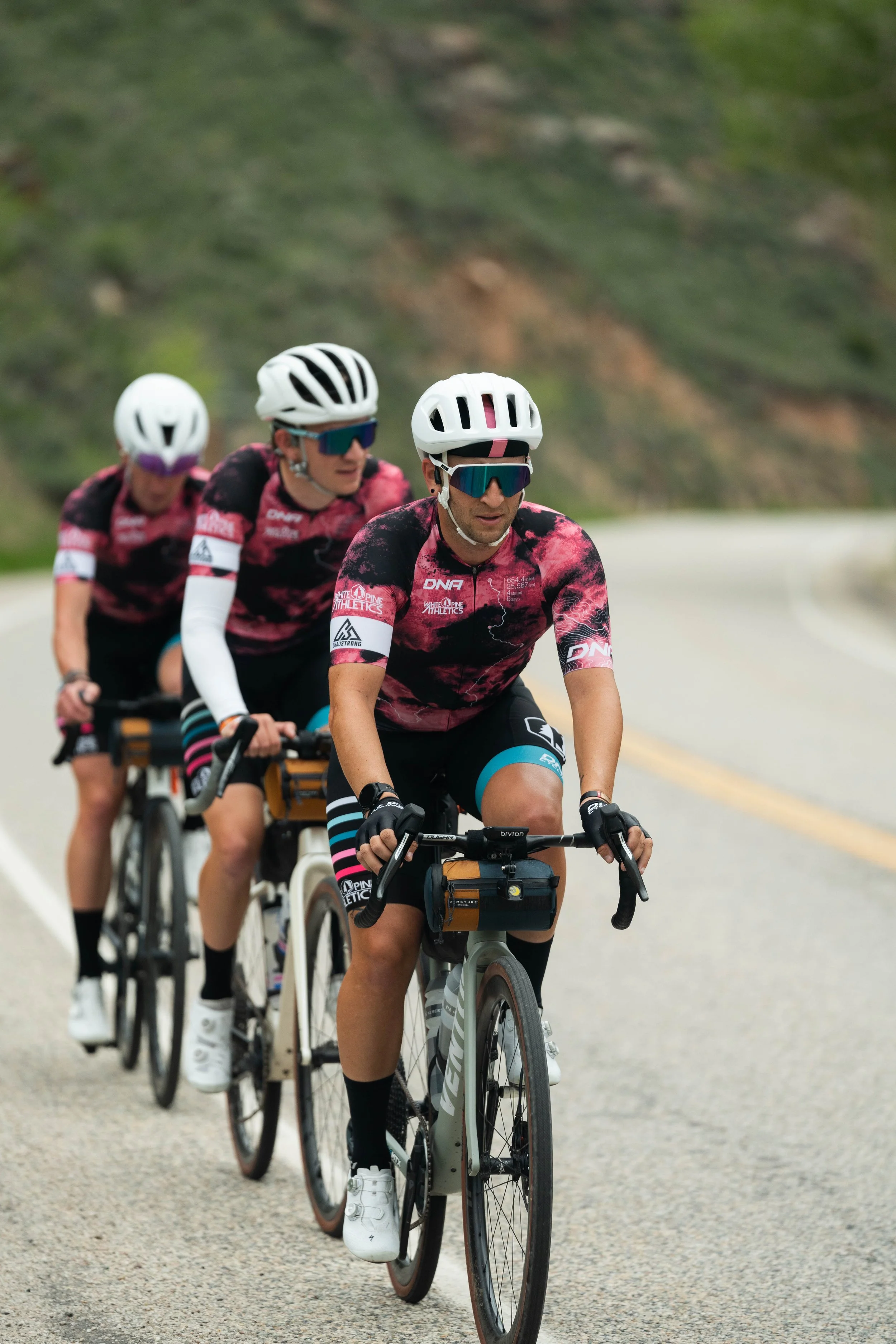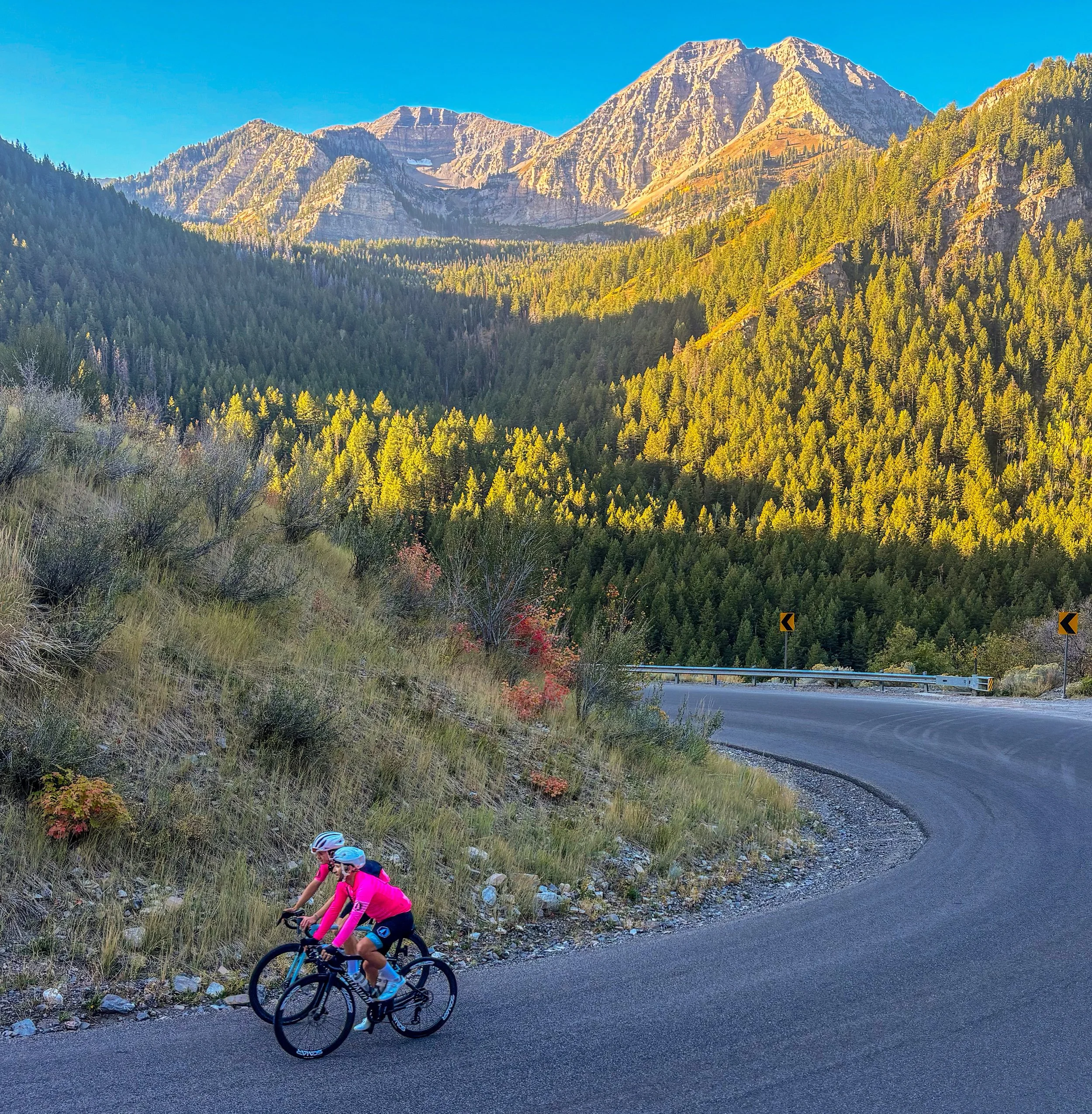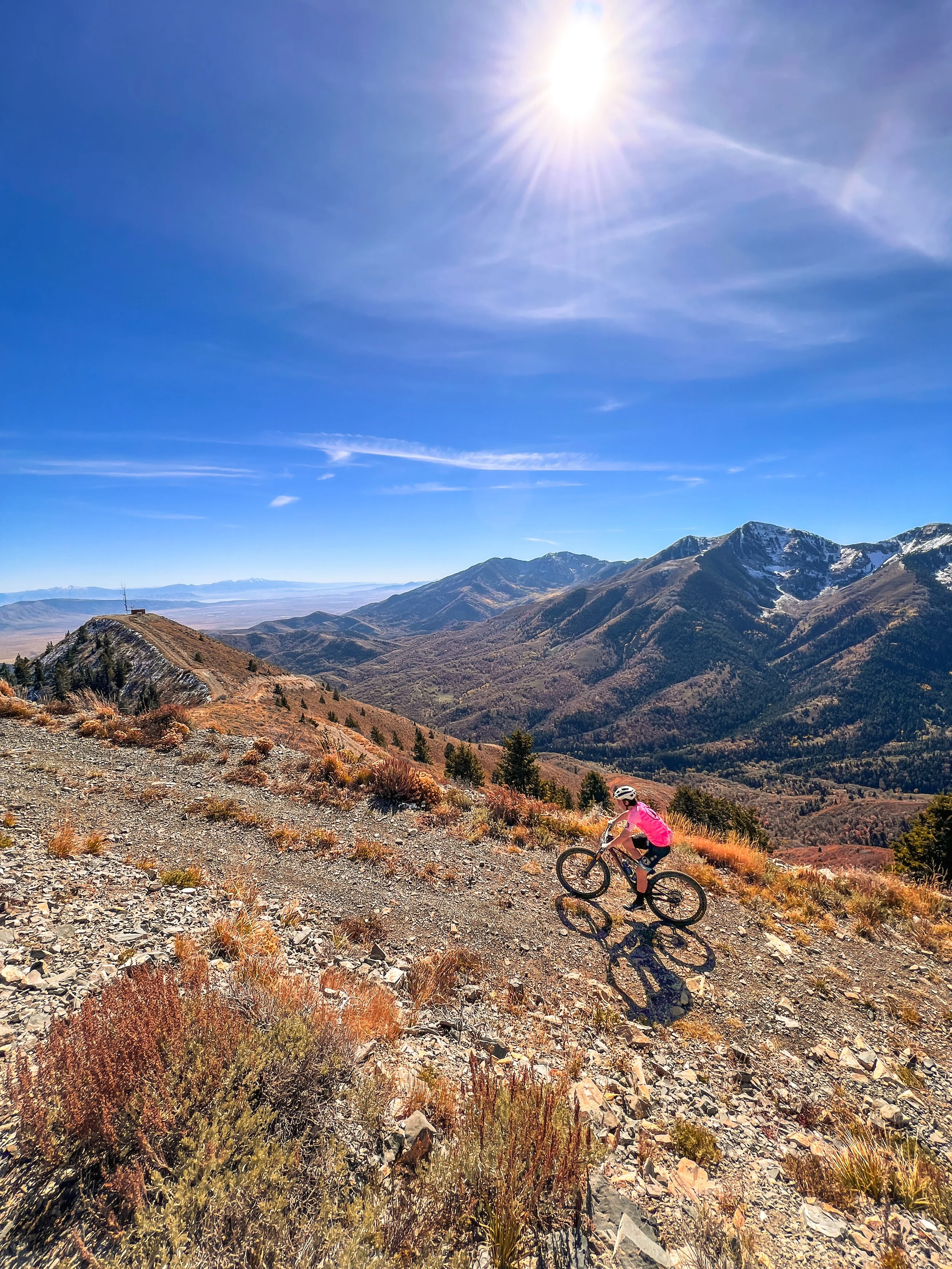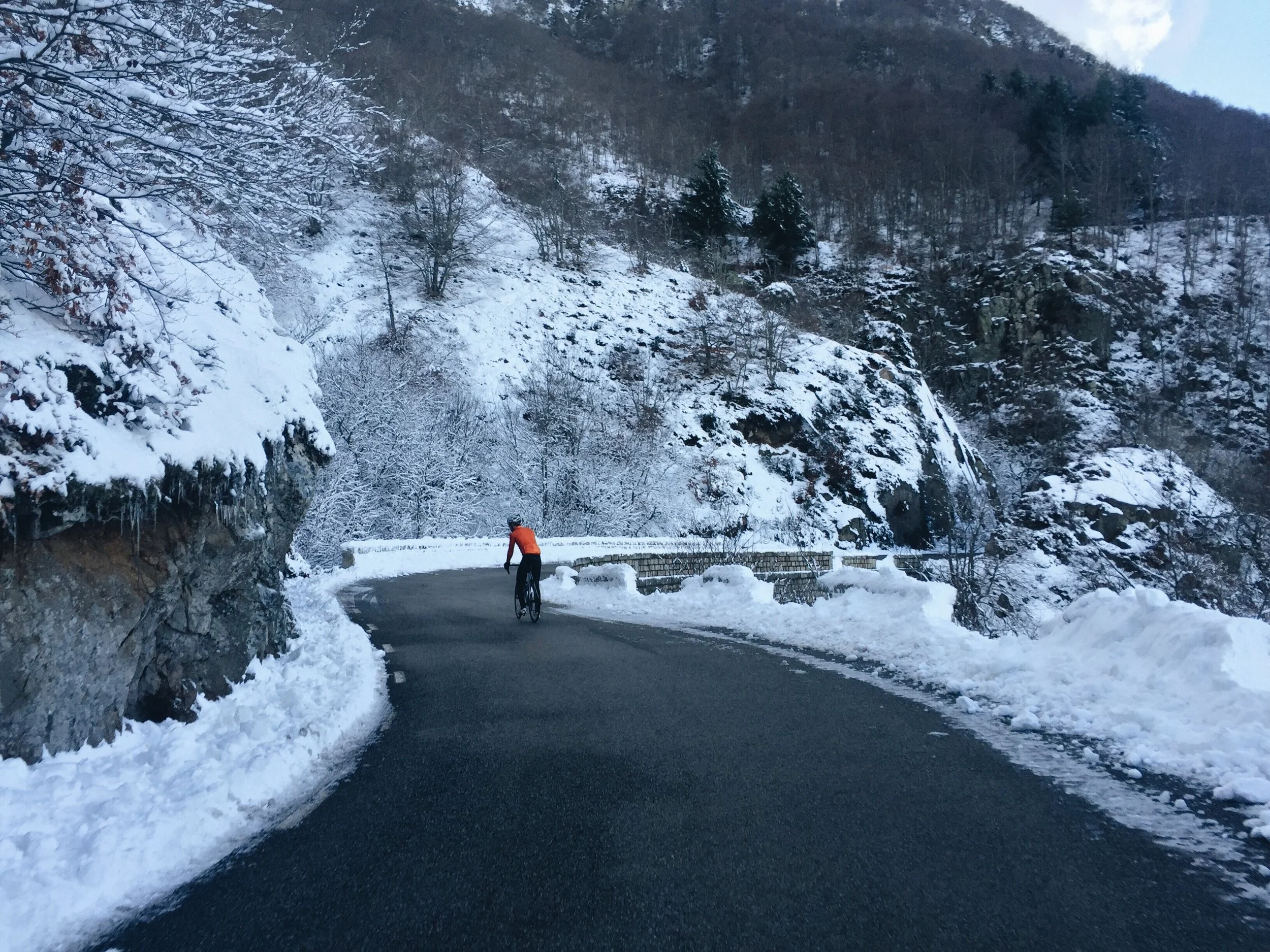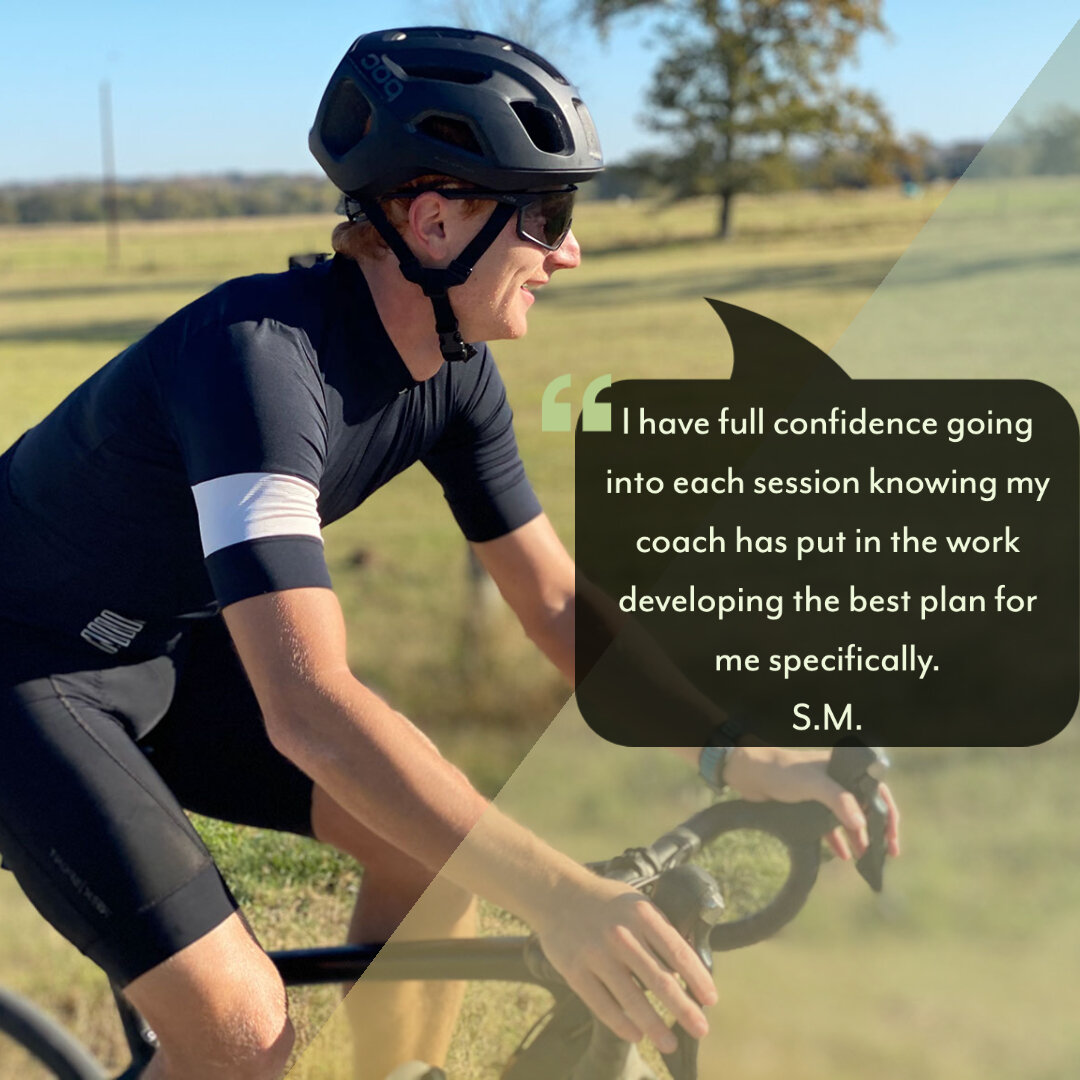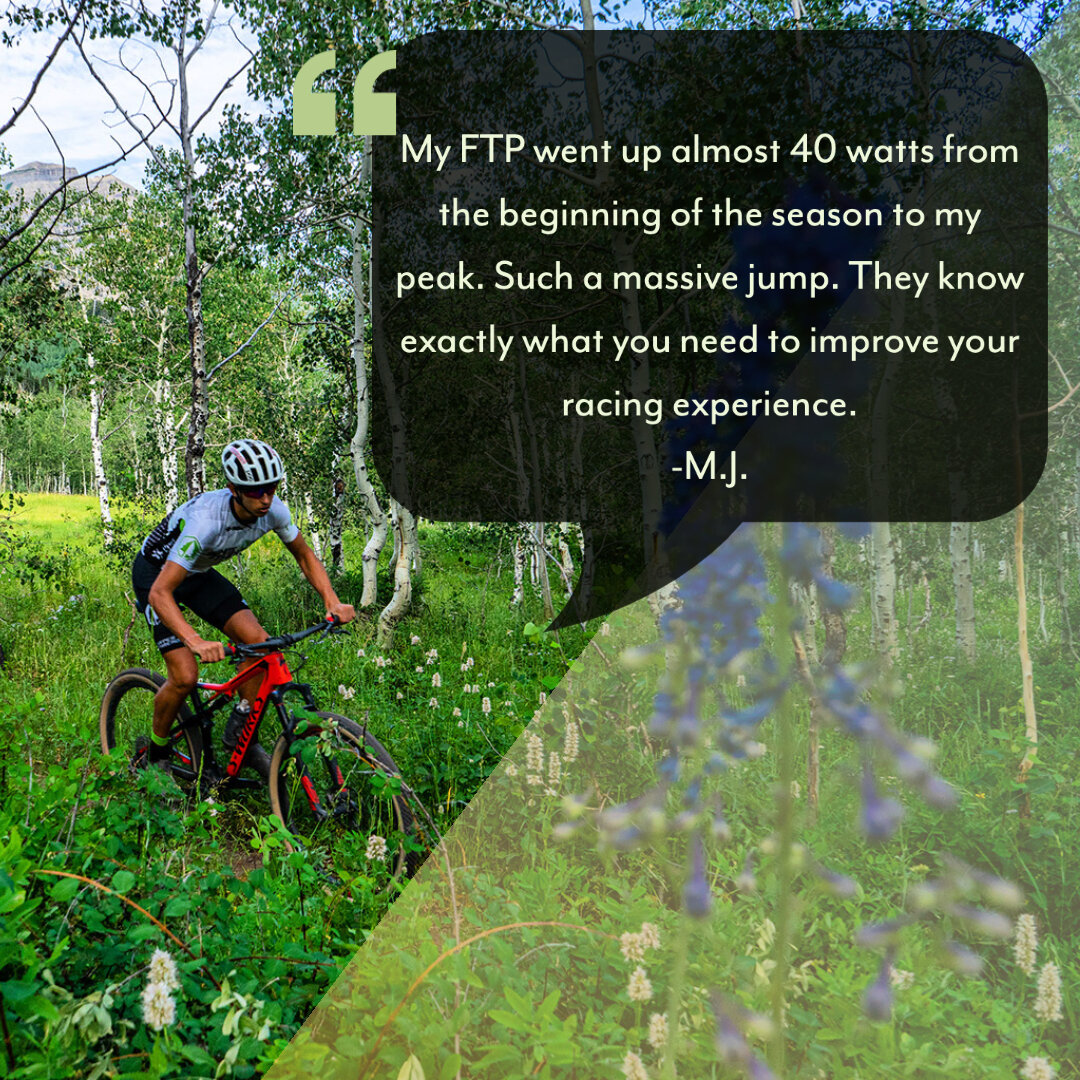News & Updates
Many athletes fall into the trap of training with volume or intensity that doesn’t match the demands of their races. Long, low-intensity rides or misplaced intervals can hinder progress rather than help. Training specificity is crucial—it means matching your training to the exact requirements of your target events. Whether you're preparing for a short-course race or a multi-day event, ensuring your training aligns with race demands will help you avoid common mistakes and perform at your best.
In endurance training, high-volume camps have long been a staple of professional road cycling. Recently, they have gained popularity among amateur athletes, particularly in the MTB and gravel communities, as riders seek to mirror the training patterns of elite professionals. Social media has been filled with images of cyclists completing massive training weeks, fueling the perception that these blocks are essential for success. But is a volume camp the right approach for every athlete? And if so, how should it be structured to maximize benefits while minimizing risks?
As race season ends, the off-season becomes crucial for recovery, reflection, and building a solid foundation for next year’s performance. In this article, we explore essential off-season strategies for athletes, including balancing rest and activity, setting new goals, and refining nutrition. Whether you're coming off a successful season or seeking improvement, learn how to use the off-season to your advantage and set yourself up for a stronger 2025.
For athletes striving for peak performance, maintaining smooth and even power output during intervals is crucial. This holds true no matter your discipline, from roadies to MTB athletes and everyone between, the ability to sustain consistent power levels can significantly impact your performance. Power meters, with their precise data feedback, provide valuable insights to help you optimize your training. Yet, achieving smooth and even power output throughout intervals can be a challenge. Fear not! Here are six practical tips to enhance your interval training and attain greater power consistency.
As the world of sports and athletic performance continues to evolve, one essential aspect often overlooked is the distinction between training methodologies for junior athletes and their adult counterparts. The transition from adolescence to adulthood is a pivotal period in an athlete's life, marked by unique physiological, psychological, and developmental changes. These distinctions are crucial to acknowledge, comprehend, and integrate into training programs tailored explicitly for junior athletes.
The Leadville Trail 100 MTB Race is the ultimate test of endurance, resilience, and mental fortitude. Perhaps the most famous endurance mountain bike race in the world, the Leadville Trail 100 spans the rugged terrain and extreme altitudes of the Colorado Rocky Mountains. It's not merely a race, but an experience that pushes riders to their limits. For those aiming to conquer this iconic event and earn the coveted LT100 belt buckle, here are our coach’s top 10 tips that can significantly elevate your chances of success.
A while back, we posted an article What is the Off Season? Do Endurance Athletes Really Need One?. Over the years, this has been one of our most viewed blog posts by athletes all over the world. As we in the northern hemisphere start to transition into the Fall and Winter months, we thought we would whip up a new article that answers some of the questions we’ve received and that dives a bit deeper into the foundation of a cyclist’s annual training cycle.
Let’s take a look at the overall structure of your annual training plan: At WPA, we divide your year, or your Annual Training Plan, into these key phases...
In recent years, gravel racing has become a more prominent staple on race calendars - not just in the U.S., but worldwide. However, with the growing popularity and prominence of gravel racing, there are still a lot of unknowns surrounding the topic of training for gravel events. I use the five tips below with the athletes I coach to create a framework that should help to inform training needs for any event.
The winter season is often a time for athletes to reflect on the previous season’s training and performance, and begin to lay the framework for the coming season. One crucial component to that framework is conducting a thoughtful analysis of past performances, and to create a clear and specific set of goals in an effort to create a roadmap of tasks and processes to follow for the coming season. The process of goal setting…
Training productivity is often closely tied to your level of engagement, motivation, and how much you enjoy the training process. In the warmer months it can be easier to nourish these aspects of your training, but the cold, dark, and seemingly unending winter months often test our motivation. Check out these 5 tips to stay motivated while training this winter.
Check out our blog archives here.

